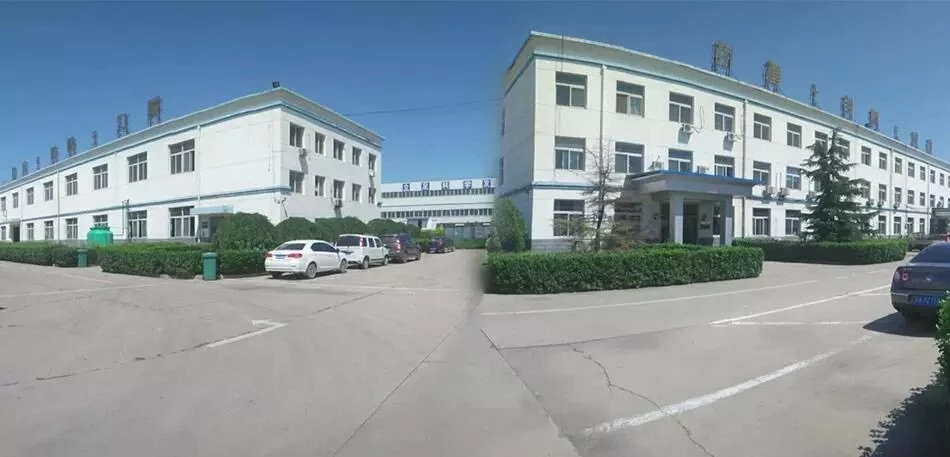Plate heat exchangers play a crucial role in various industrial processes, but they are susceptible to scaling issues that can significantly impact their efficiency. This article delves into the causes of scaling and explores effective cleaning methods, focusing on mechanical and chemical approaches.

Causes of Plate Heat Exchanger Scaling
During the operation of plate heat exchangers, the presence of calcium, magnesium, and carbonate in water leads to the formation of hard scale on the heating surface. This scale, primarily composed of calcium carbonate and calcium hydroxide, reduces the heat exchange efficiency and results in wastage of thermal energy due to its poor conductivity.
Effective Cleaning Methods for this Issue
1. Mechanical Cleaning: While mechanical cleaning is the simplest method, it comes with drawbacks such as plate scratching, increased scaling, challenging working conditions for workers, and potential damage to plates and strips. Additionally, the heat exchanger must be dismantled for this process.
2. Chemical Cleaning (Pickling): Experiments have shown that chemical cleaning, or pickling, using formic acid or oxalic acid is more effective than mechanical cleaning and avoids corrosion of the heat exchanger plates.
3. Formic Acid Cleaning: Enhancing the cleaning effect of formic acid involves adding a buffering agent and a surfactant, reducing the corrosion of the cleaning solution on the plates.
- The acid solution efficiently interacts with scale components such as calcium, magnesium, and carbonate, forming soluble compounds through a chemical reaction.
- This acid solution acts on the metal surface, dissolving oxides and disrupting the bonds within the scale. As a result, the scale adhering to the metal surface is effectively peeled off.
- Upon reacting with calcium, magnesium, and carbonate, the acid solution generates a significant amount of CO2. This gas exerts a force that aids in detaching stubborn or slowly-dissolving scale from the heated surface.
- In cases where scale contains silicate and sulfate, the acid solution dissolves oxides of calcium, magnesium, carbonate, and iron. This dissolution causes the residual scale to become loose, facilitating its easy removal as it is washed away by the flowing acid solution.
Process Requirements for Cleaning Scale
- Temperature: Maintain a temperature around 60 ℃ to enhance descaling without exacerbating acid corrosion.
- Concentration: Prepare a pickling solution with specific proportions of formic acid, water, buffer, and surfactant for optimal cleaning.
- Methods and Time: Combine static soaking and dynamic cycling during pickling, with frequent sampling to determine completion.
- Passivation Treatment: After pickling, passivate the heat exchanger plates to prevent corrosion.
1. Preparation: Begin by thoroughly flushing the heat exchanger before pickling to eliminate impurities like mud and scale. This step enhances the pickling effectiveness and reduces acid consumption.
2. Pickling Process: Immerse the heat exchanger in the acid solution for two hours. Implement continuous circulation for three to four hours, with alternating cleaning of both sides every 0.15 hours.
3. Post-Cleaning Procedures: After completing the pickling process, assess the pH of the acid solution. If the pH is above two, the solution can be reused; otherwise, it should be diluted, neutralized, and drained. Conduct an alkali washing process using a specified mixture of trisodium phosphate and softened water to achieve acid-base neutralization. Follow this with repeated flushing of the heat exchanger using softened water for 0.15 hours intervals.
Oxalic Acid Cleaning Procedure
Compatibility Test:
- Begin by assessing the compatibility of oxalic acid with the scale and its non-corrosive effect on the heat exchanger plates. Conduct this test without disassembling the heat exchanger.
- Install a water injection valve on the inlet and outlet of the secondary network, injecting a 3% - 5% oxalic acid solution from the water tank into the heat exchanger.
- Activate the circulation pump for 3-4 hours. Repeat the process, and if the plates appear as clean as new, consider the test successful.
Final Cleaning:
- Disassemble the heat exchanger after a successful compatibility test.
- Wash the heat exchanger with a 2% trisodium phosphate solution and flush it twice with water.
Oxalic Acid Cleaning Requirements
- Water Temperature: Ensure that the water temperature during oxalic acid cleaning is maintained below 16℃.
- Acid Concentration and Soaking Time: Use an oxalic acid solution with a concentration of less than 5%. Limit the soaking time to not exceed six hours.
- Light Avoidance: Store the water tank containing the oxalic acid solution in a location that avoids exposure to light.
- Post-Pickling Steps: After pickling with oxalic acid, flush the heat exchanger with a 2% trisodium phosphate solution. Follow this with two rounds of water flushing.
- Valve Security: Ensure that the inlet and outlet valves are securely fastened to prevent the cleaning solution from flowing into the system.
- Solution Disposal: When disposing of the cleaning solution, place it into the water, avoiding the pump pit for proper disposal.

